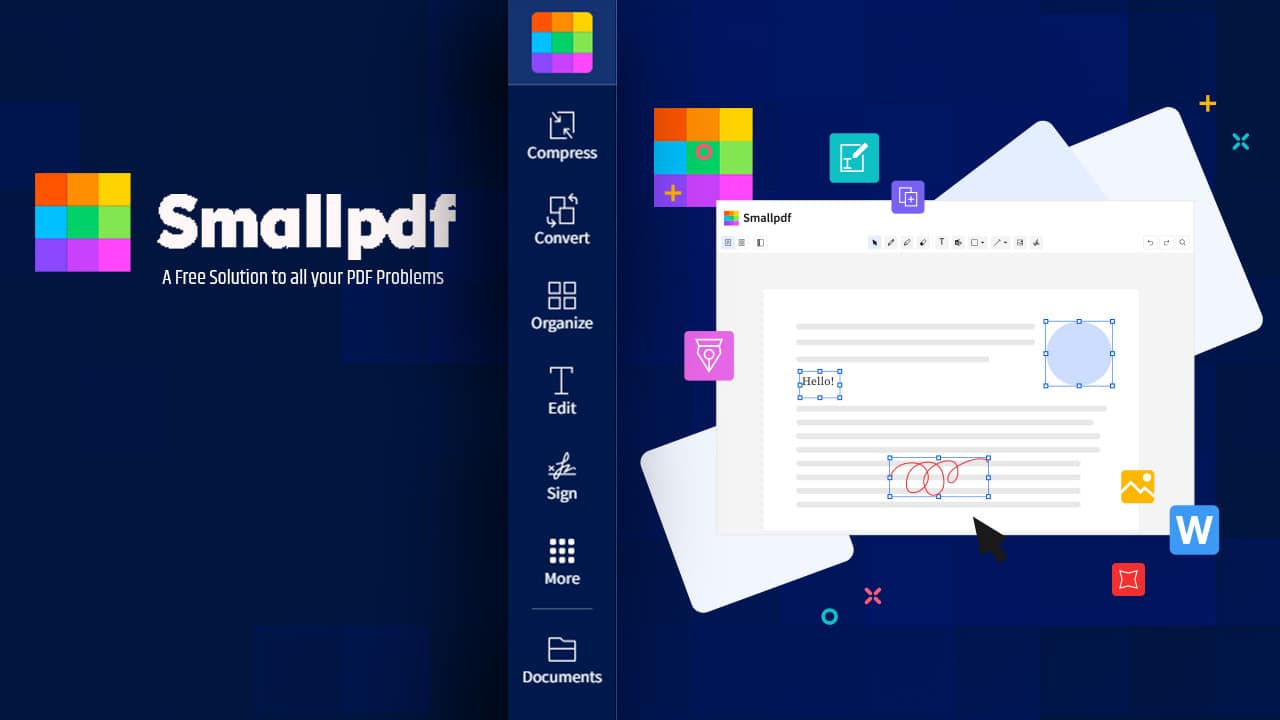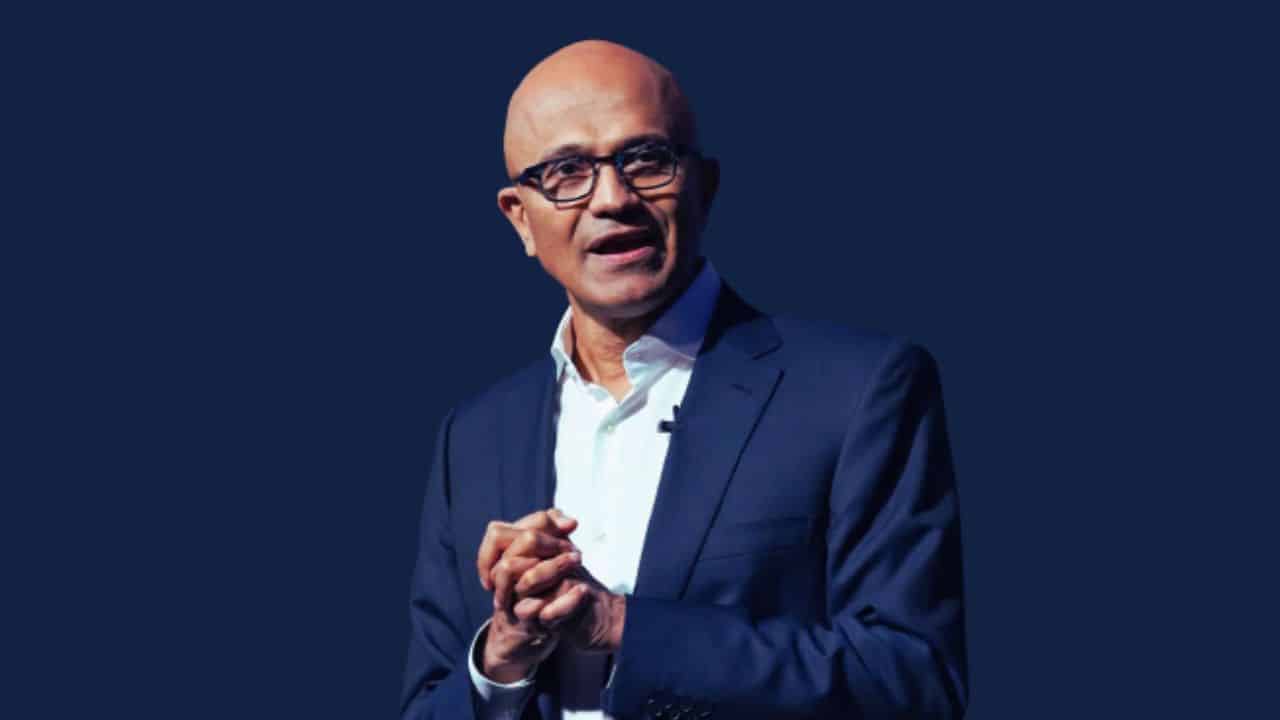The metaverse is a new way for people to connect online, just like how the internet changed the world at the turn of the century.
In essence, the metaverse is a big, interactive virtual world where people can explore, make things, and do a lot of different things. The idea is to make a digital reality that includes everything and blends smoothly with the real world so that people can live and work in both.
According to research done by Bloomberg Intelligence, a lot of businesses are likely to join the metaverse movement by 2024, which could push the market value to a staggering $800 billion. The metaverse is not just an idea about the future; it is a real place that is always changing and growing. The metaverse is already here and changing our lives. It will continue to change things in the future as well.
This change in technology has a lot of promise for all industries, including banking. The metaverse will change the way that banks work and how they serve their users. This change is already starting to happen. Institutions and fintech companies that think ahead are coming up with new ideas to adapt to this new realm.
Personalized and Enhanced Customer Experience
The customer experience is one of the most important ways in which the metaverse will change banks. People who use traditional banks often have to figure out how to use complicated systems, but the metaverse gives people a platform that is immersive, easy to use, and tailored to their needs. Customers can walk into virtual bank offices, talk to customer service reps who are run by AI, or talk to real-time financial advisors from the comfort of their own homes.
The metaverse will also allow for customized customer journeys based on a deep knowledge of each person’s needs and patterns of behavior. For example, virtual financial advisors could give customized advice based on a user’s financial background, goals, and willingness to take risks.
Real-Time Financial Services
The metaverse is a place that is always changing and doing things, just like the real world. Because of this, banks will be able to give services in real time. No matter what time or place it is, transactions, talks, and solving problems can happen right away. This change could make customers much happier and make it easier for banks to do their jobs.
47% of banking workers think that augmented and virtual reality will be an alternative way to do business by 2030. Because of this, many banks are starting to train their employees in VR. For example, Bank of America has put in place a virtual reality training program for its 50,000 employees. This program is meant to help workers get ready for real-life interactions with customers by simulating real-life customer situations.
Innovative Financial Products and Services
Additionally, the metaverse offers banks the chance to create fresh financial services and goods. For instance, banks could offer storage, management, and trading services when NFTs (non-fungible tokens) and digital assets become more prevalent. Additionally, banks might provide virtual mortgages and loans for digital real estate and other virtual assets, creating a completely new market.
Security and Privacy
The integrated nature of the metaverse could lead to better customer service and new products, but it also makes privacy and security more difficult. As banks learn more about the metaverse, they will need to spend money on technology and new ways of doing things to keep private information safe in this new world.
Blockchain technology, which is the basis of a lot of the metaverse’s infrastructure, will be very important for making sure that deals are safe and data is safe. Banks may also need to come up with new ways to check people’s identities and find scams that work in the metaverse.
Workforce Transformation
The way banks interact with their workers as well as their clients will alter as a result of the metaverse. The banking workforce may change as a result of virtual reality meetings, collaborative spaces, and training initiatives that increase flexibility, accessibility, and effectiveness. Additionally, the technology might enable banks to access a wider range of talent without regard to location.
Although the metaverse concept is still in its infancy, its prospective effects on the financial industry are clearly clear. The metaverse has enormous potential for banks, from providing immersive consumer experiences to introducing cutting-edge financial solutions.
According to analyses from reputable financial institutions like Goldman Sachs and Morgan Stanley, the metaverse market will reach an incredible $8 trillion in the near future. Banks are ideally situated to play a key role in this exponential growth. These financial institutions have an unrivaled chance to reimagine their consumer interactions and services by utilizing developments in augmented and virtual reality as well as cryptocurrency. To succeed in this new digital frontier, innovation and risk management must be carefully balanced. To succeed in the metaverse, banks will need to modify the way they operate, make investments in new technology, and train their staff in the essential skills. The ability of the institutions to change themselves for this new era is just as important for banking as the metaverse.








































